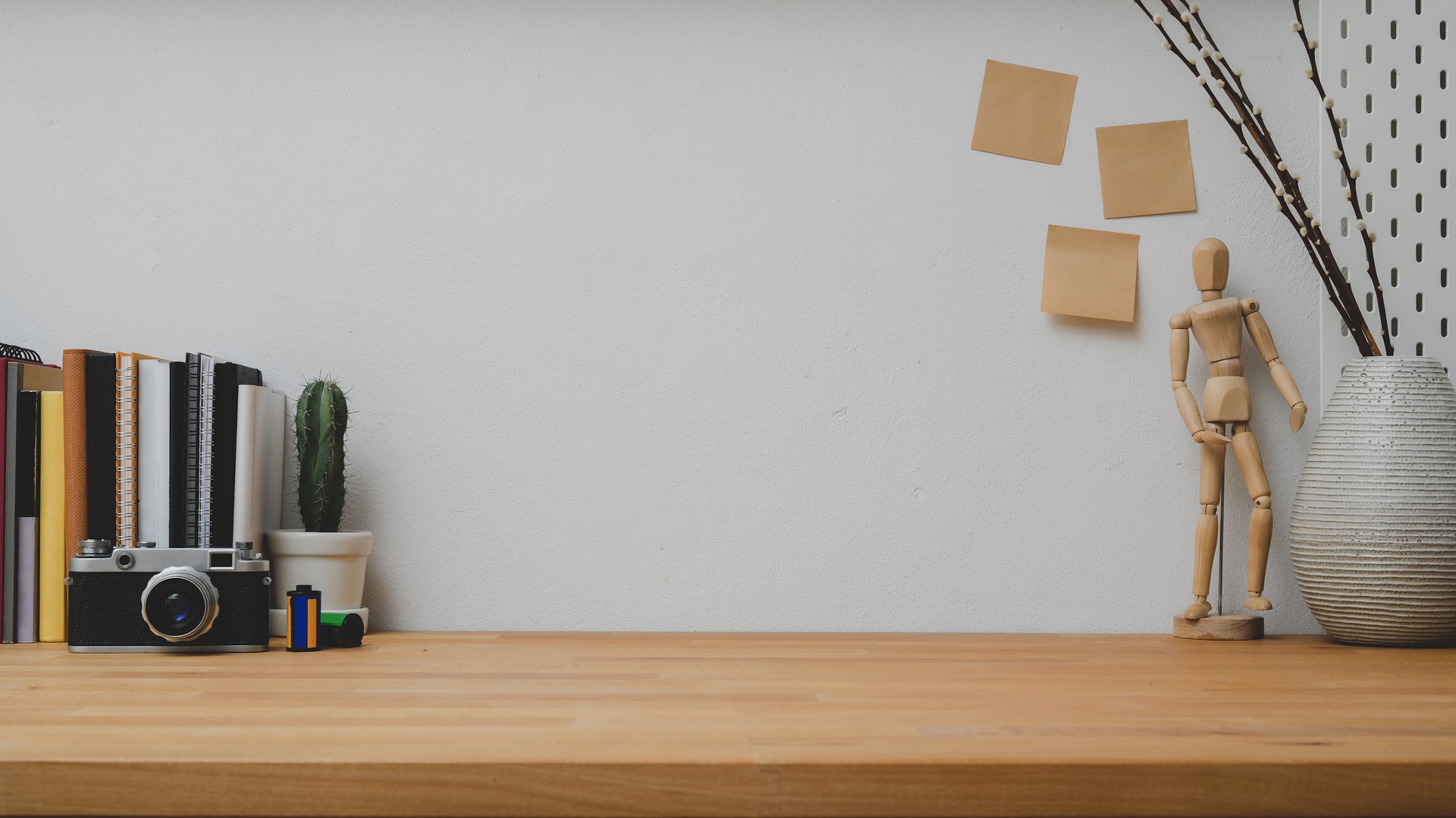Trypophobia is a relatively unknown condition that is characterized by an intense fear or aversion to clusters of small holes or bumps. The term “trypophobia” comes from the Greek words “trypa,” meaning hole, and “phobia,” meaning fear.
While the condition is not officially recognized by the American Psychiatric Association (APA), it is estimated that around 16% of the population may experience trypophobia to some degree. The condition can manifest in a variety of ways, including a feeling of disgust, fear, or anxiety when confronted with images or objects that resemble clusters of holes or bumps. This can include things like honeycomb, lotus seed pods, and certain types of coral. Some celebrities have also reported experiencing trypophobia, such as singer Justin Bieber and actress Olivia Munn.
The exact cause of trypophobia is not known, but there are a few theories. Some experts believe that the condition may be related to an evolutionary response to the presence of certain patterns that are commonly associated with danger or disease, such as those found on the skin of poisonous animals. Other theories suggest that trypophobia may be related to a traumatic experience or a past event that involved clusters of holes or bumps.
Symptoms of trypophobia can vary widely, but may include feelings of disgust, fear, or anxiety when confronted with images or objects that resemble clusters of holes or bumps. Some people may also experience physical symptoms, such as sweating, shaking, or a rapid heartbeat. Additionally, trypophobia can also cause a person to avoid certain situations or places that they associate with the condition.
Controversy surrounds the condition, as some experts argue that trypophobia is not a true phobia, but rather a form of disgust or aversion. However, others believe that it is a genuine phobia that can cause significant distress and impairment.
In terms of treatment, cognitive-behavioral therapy (CBT) is often used to help individuals with trypophobia learn to manage their fear and reduce the associated symptoms. This may include exposure therapy, in which a person is gradually exposed to images or objects that trigger their trypophobia, in order to desensitize them to the condition. Additionally, therapy may also help a person to identify and change negative thought patterns that contribute to their trypophobia.
Image by Kim Loan Nguyen thi from Pixabay










